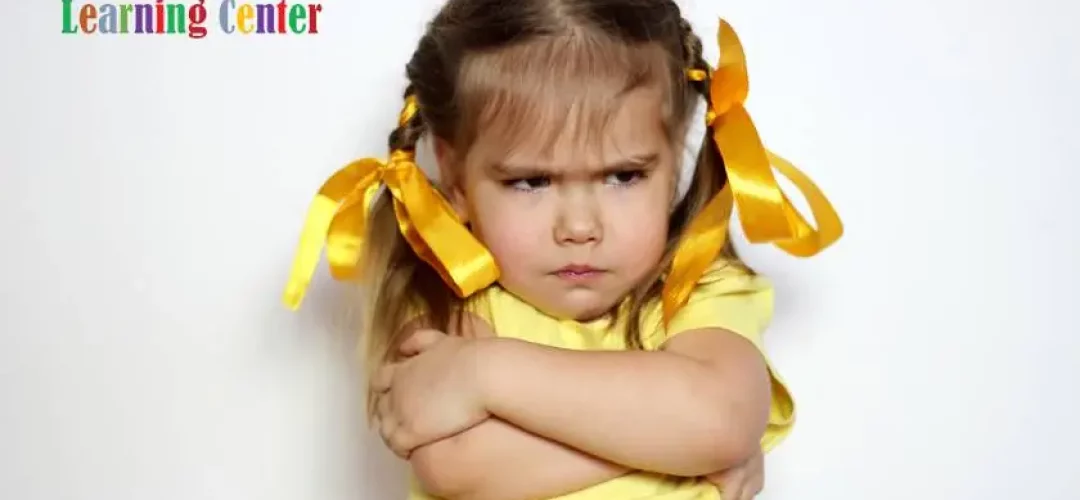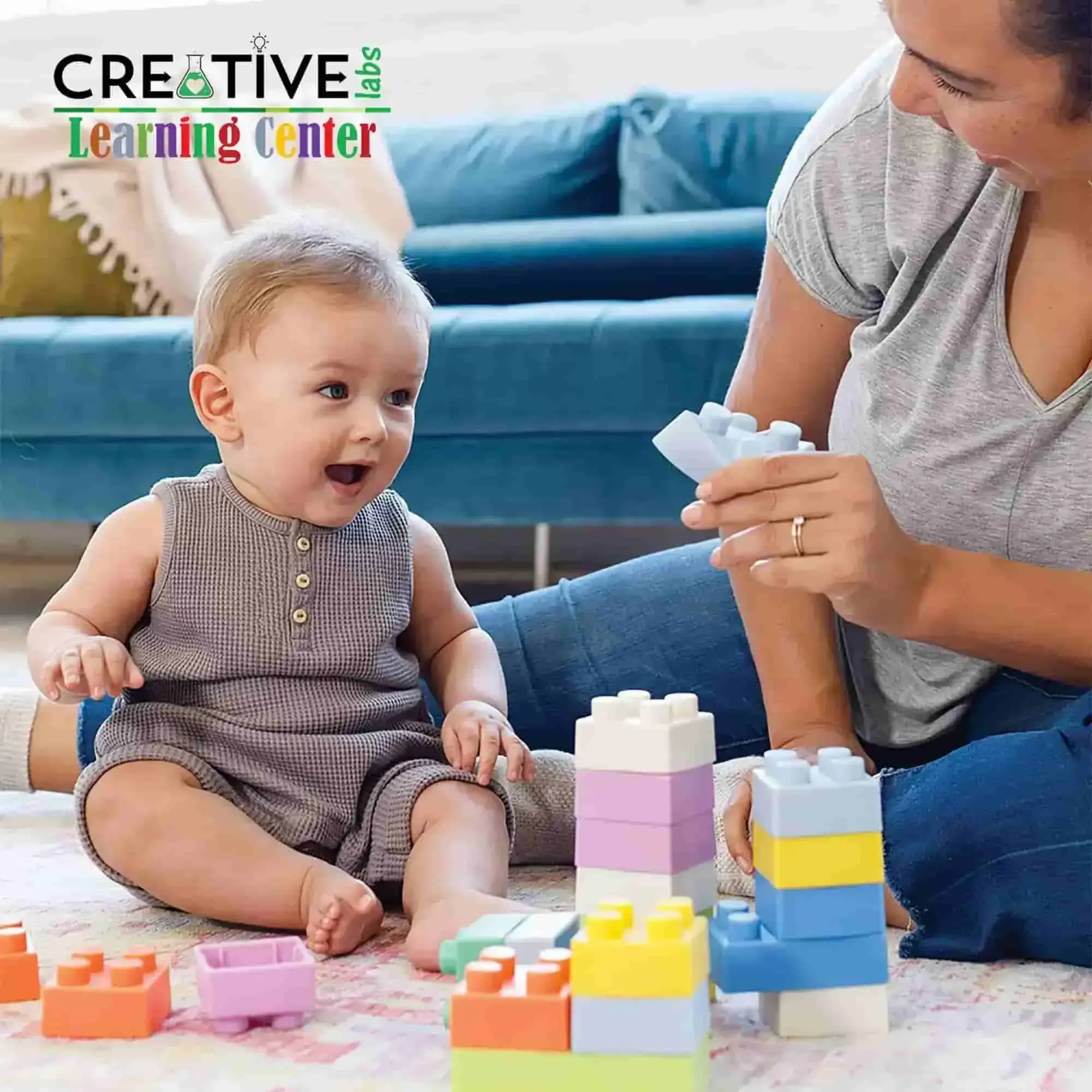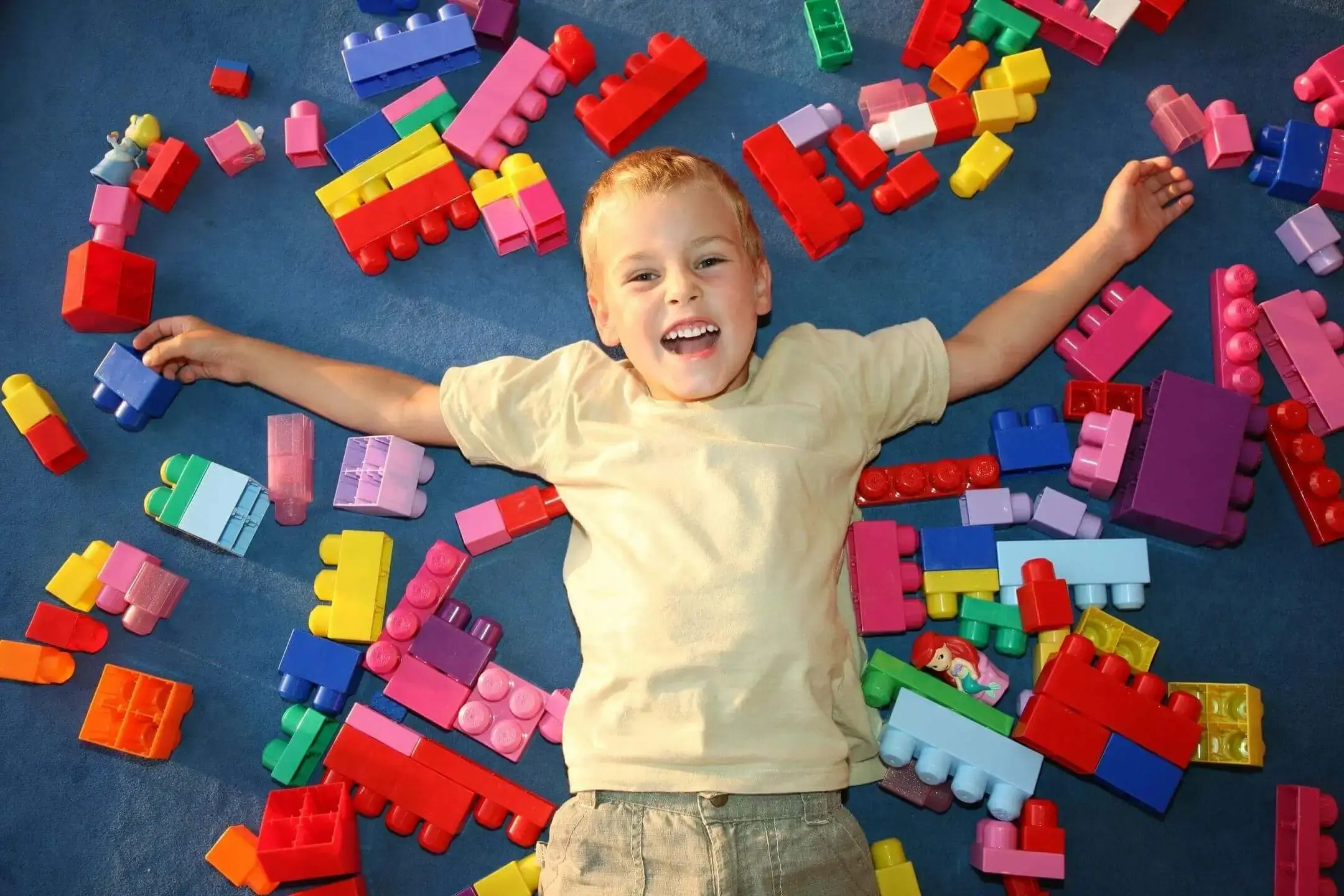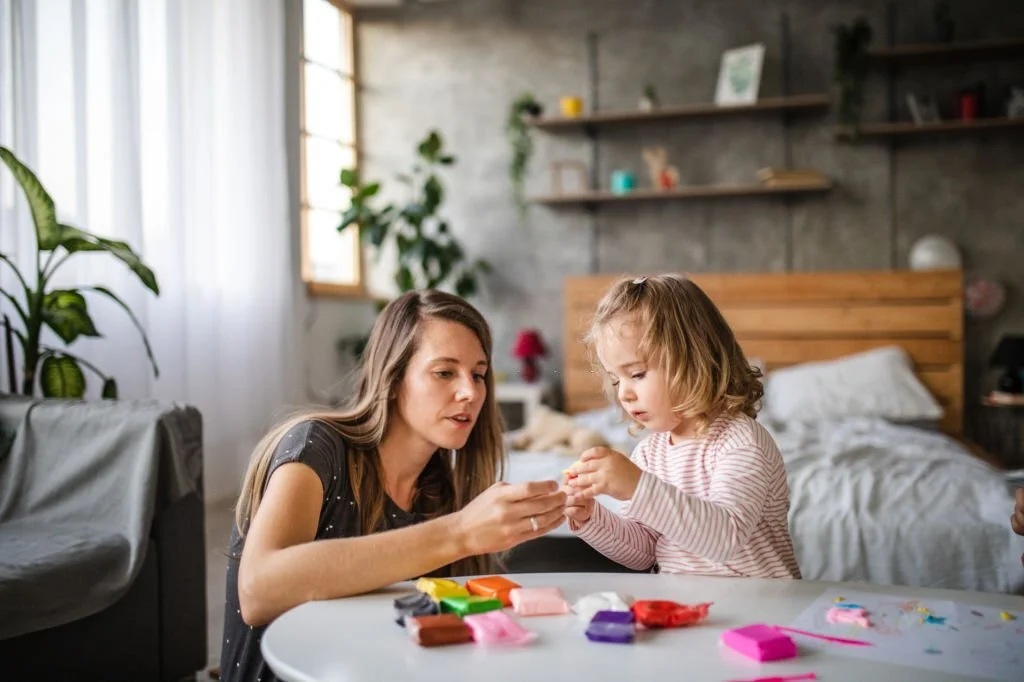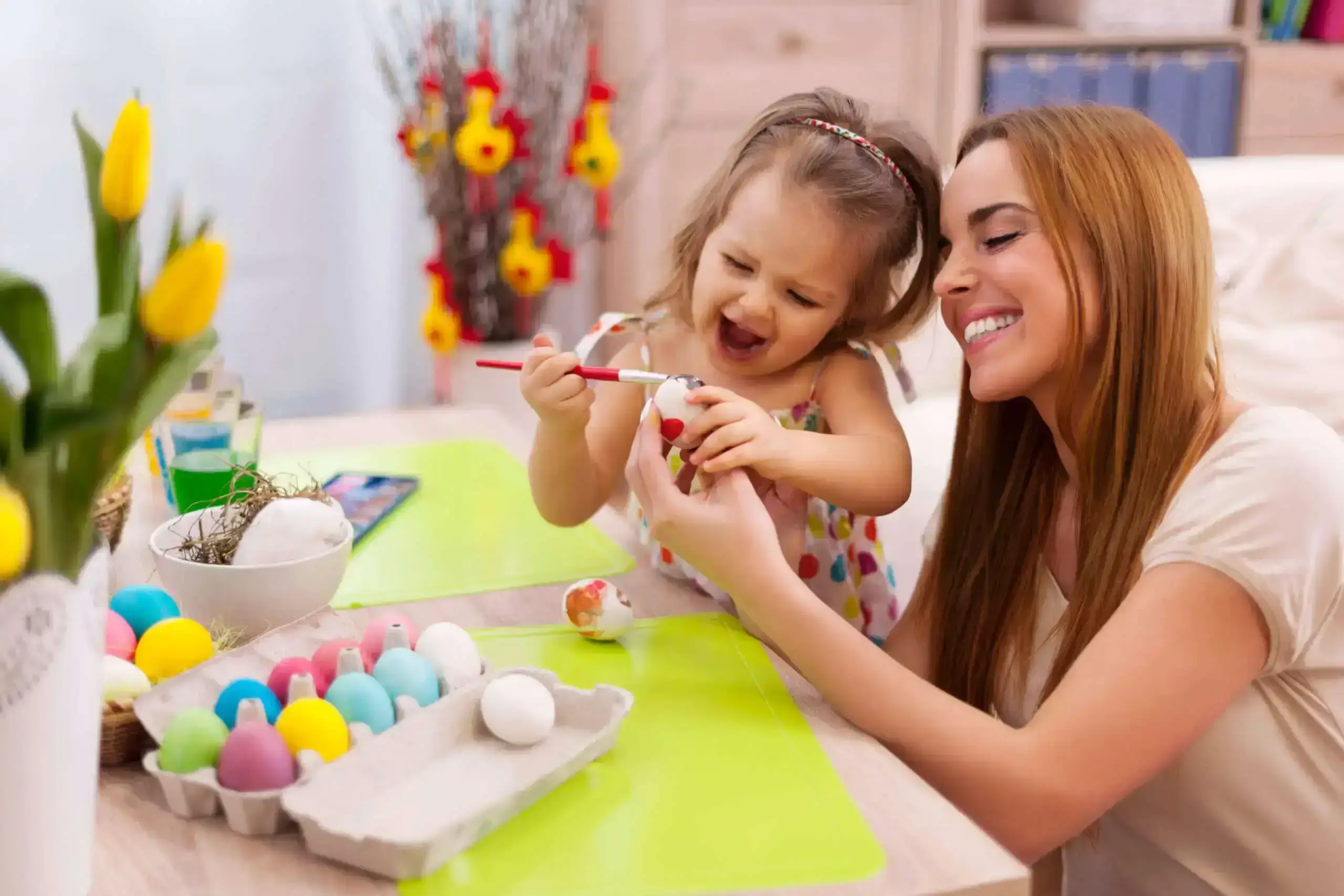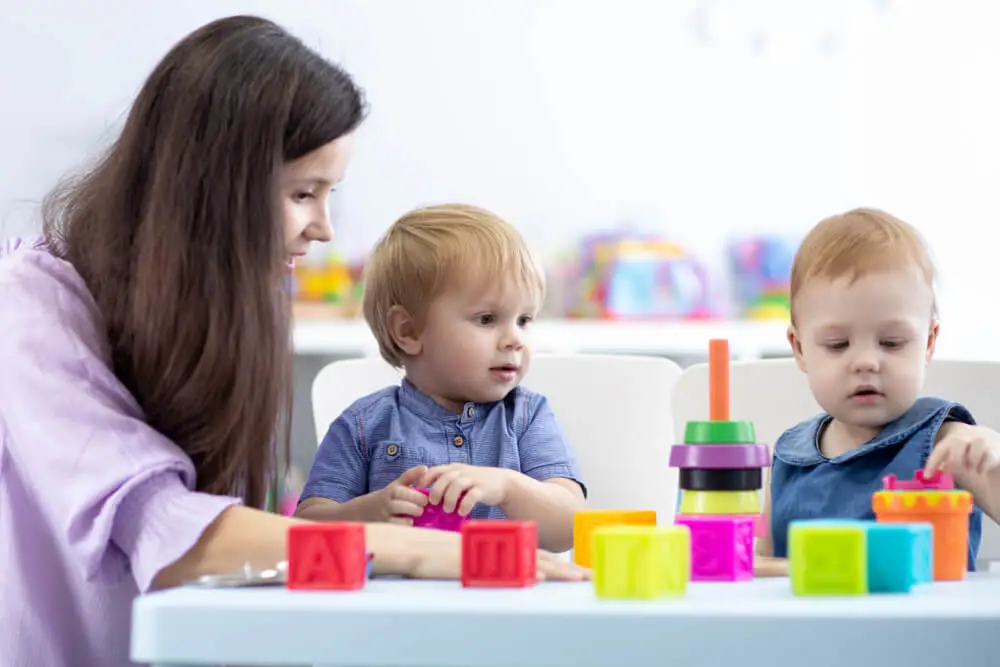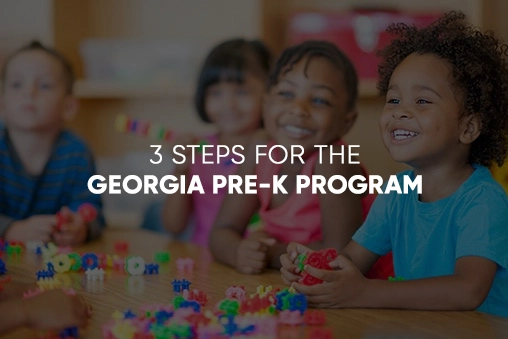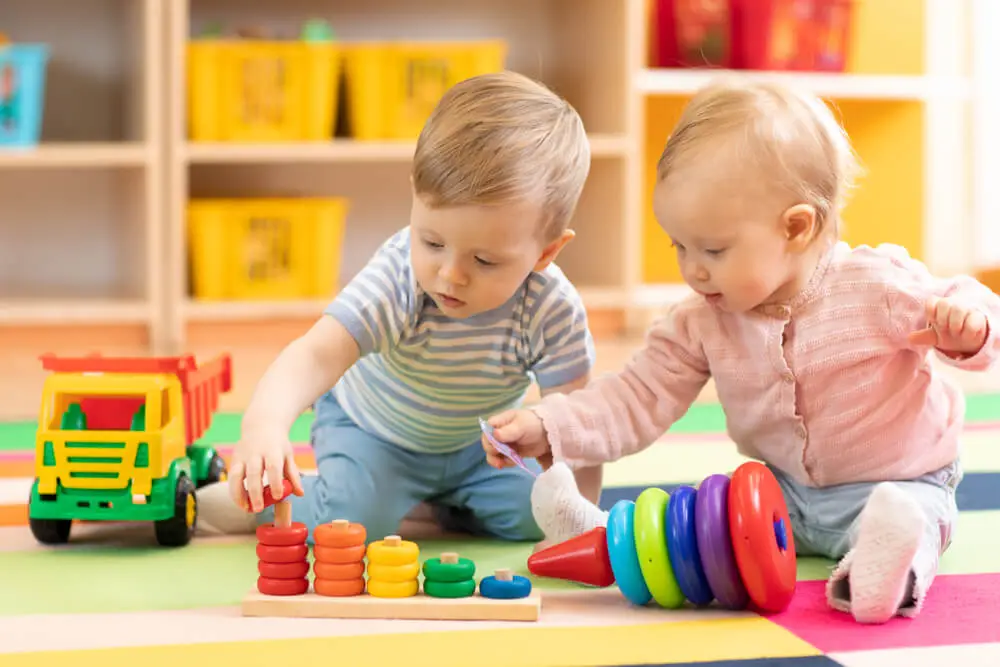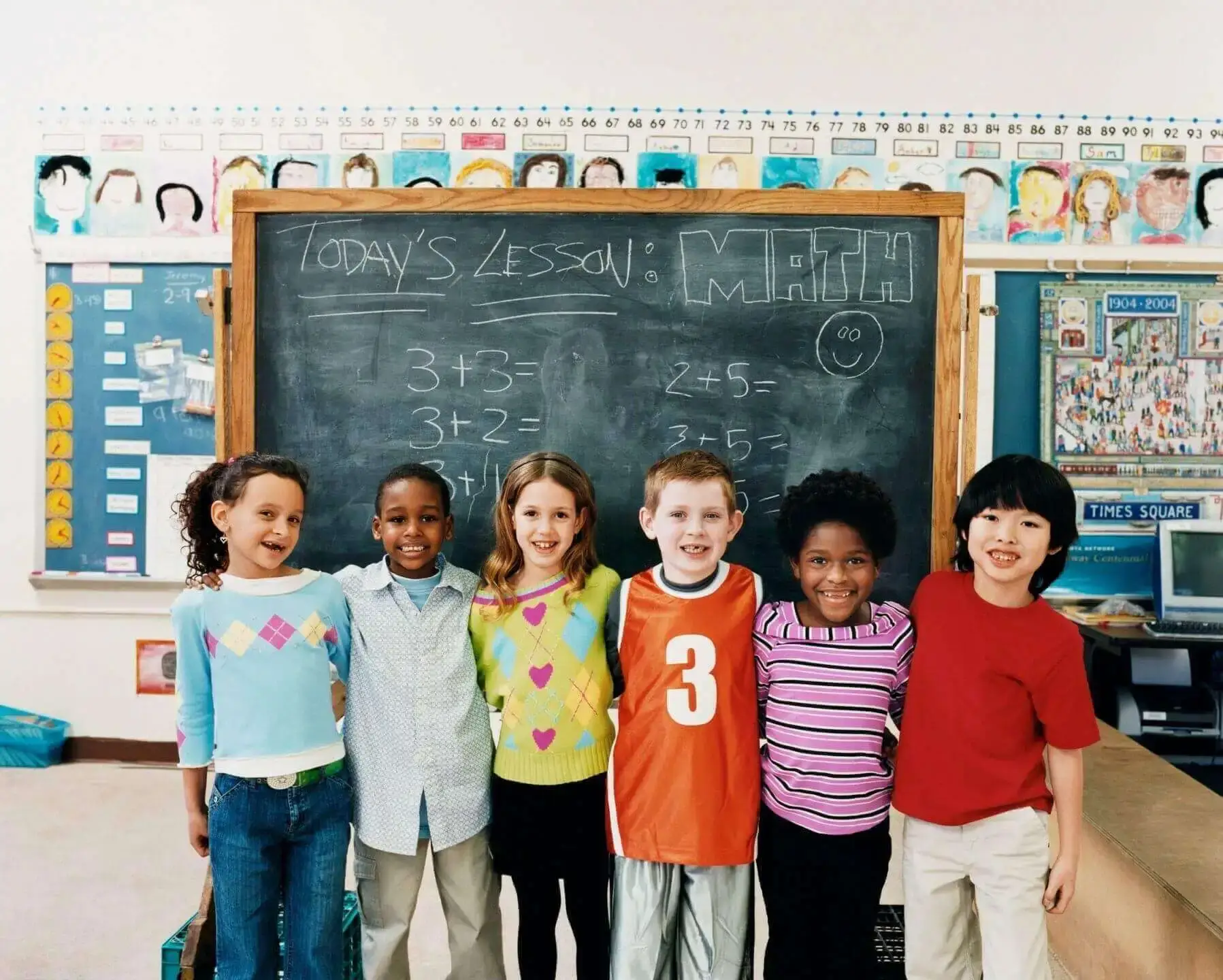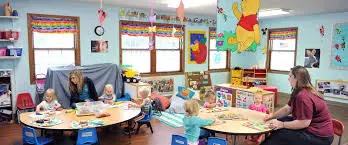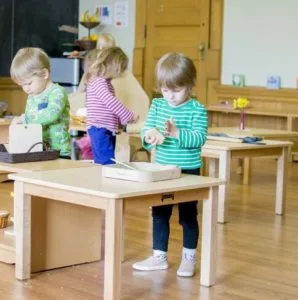Managing violent behavior in children can be a difficult task, as it can be caused by a range of underlying issues and can manifest in a variety of ways. However, by taking a comprehensive approach, it is possible to effectively manage and prevent violent behavior in children. As a parent, caregiver, daycare, or teacher, it’s important to understand the root cause of the violent behavior and address it accordingly.
Table of Contents
ToggleIdentify the root cause
Understanding what is driving the violent behavior is essential to effectively address it. This could be anything from difficulties at school to problems with peers to a traumatic event. Parents, caregivers, and teachers should observe the child’s behavior, and talk to the child to try to understand what may be causing the violent behavior. If necessary, seek the help of a professional such as a counselor or therapist to help identify the underlying cause.
Use positive reinforcement
When dealing with children, focusing on positive reinforcement rather than punishment is important. Encourage and reward good behavior to reinforce it. This can include things like verbal praise, rewards, or special privileges. Positive reinforcement helps children feel good about themselves and encourages them to repeat the desired behavior. Here are some ways to use positive reinforcement.
- Verbal praise: Verbal praise is one of the most powerful forms of positive reinforcement. When a child exhibits the desired behavior, provide specific and sincere verbal praise. For example, “I really appreciate how well you worked on your homework today.”
- Rewards: Rewards can also be used as a form of positive reinforcement. Rewards can be tangible items such as toys or candy, or they can be privileges such as extra playtime or a special outing. The reward should be something that the child values and is motivated to work for.
- Special privileges: Special privileges such as getting to choose what to have for dinner or an extra story at bedtime can also be used as positive reinforcement. These privileges should be something that the child values and is motivated to work for.
- Give attention: Giving attention to the child when they exhibit desired behavior is also a form of positive reinforcement. This could be sitting down and playing with them, reading a story, or having a conversation.
- Consistency: It’s important to be consistent with the rewards and privileges offered to the child. If rewards are not provided consistently, children will not learn which behavior is being reinforced.
- Be specific: When praising or rewarding children, it’s important to be specific about the behavior that is being reinforced. For example, “I really appreciate how well you shared your toys today” is more effective than “good job.”
Provide structure and routine
Children thrive on structure and routine. Establishing a consistent daily routine can help reduce stress and prevent violent behavior. This may include things like regular meals and sleep times and scheduled activities. Consistency in routine will help children feel secure and better manage difficult emotions.
Providing structure and routine is an important aspect of managing violent behavior in children. Children thrive on structure and routine because it helps them to feel secure and better able to manage difficult emotions. Here are some ways to provide structure and routine:
- Establish a consistent daily routine: Having a consistent daily routine can help to reduce stress and prevent violent behavior. This may include things like regular meal and sleep times and scheduled activities. It’s important to keep the routine as consistent as possible, even on weekends and during vacation time.
- Create a schedule: Creating a schedule for the child can help them to understand what is expected of them and what activities they can expect throughout the day. This can include things like school, homework, meals, playtime, and bedtime.
- Set clear rules and boundaries: Setting clear rules and boundaries can help children understand what is expected of them. These rules should be age-appropriate and consistently enforced.
Teach healthy ways to express emotions
Children need to learn how to express their emotions in healthy ways. Teach them techniques such as deep breathing, journaling, or talking to a trusted adult, to help them cope with difficult emotions. This will help them to develop emotional regulation skills and prevent violent behavior.
Seek professional help
If the violent behavior is caused by underlying issues such as ADHD or a traumatic event, it’s important to seek professional help. This could include therapy, counseling, or medication. A professional can help to create an individualized treatment plan that addresses the child’s specific needs and can help to manage and prevent violent behavior.
Involve the child
When dealing with violent behavior, it’s important to involve the child in the process. Encourage them to reflect on their behavior and the impact it has on others. Help them understand the reasons behind their violent behavior and how they can control it in the future. This will empower the child to take responsibility for their actions and develop self-regulation skills.
Have Patience
It’s important to remember that managing violent behavior in children is a process and it may take time and patience to see improvement. It’s also important to seek help from professionals when needed. It is also important to have a consistent approach with the child, not to be reactive but proactive, and have a plan in place for when the child exhibits violent behavior.
Conclusion
This article aims to provide information and strategies for parents, caregivers, and teachers on how to effectively manage and prevent violent behavior in children. By understanding the root cause of violent behavior, using positive reinforcement, providing structure and routine, teaching healthy ways to express emotions, seeking professional help, and involving the child in the process, it is possible to manage and prevent violent behavior in children.



